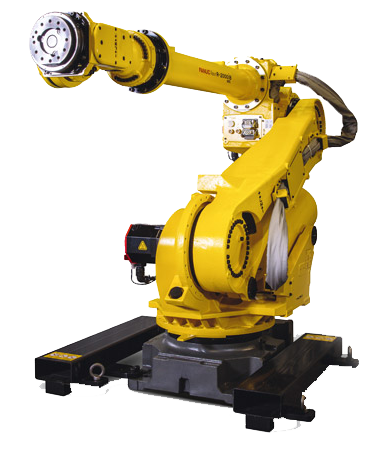Assembly line robots have become widely adopted in the world of manufacturing. Assembly processes prior to robotic automation were previously performed through manual labor or fixed machinery, both of which had their short comings. Industrial robots excel at assembly processes. They are more precise, accurate, and fast than humans. They also provide flexible automation with the ability to work with a variety of parts or to be redeployed for process changes, unlike fixed machines which are inflexible.
Assembly line robots can be programmed, guided by a robotic vision system, or use a combination of both to complete manufacturing tasks. They can put parts together, insert screws and pins, or dispense adhesives. They can handle parts that otherwise would be too small, delicate, or intricate for humans or fixed machines. To make assembly robot operations more accurate, force sensors can be integrated. Force sensors provide feedback to the articulated robot about how well parts are fitting together and if more or less pressure is needed. They can improve the overall performance of an assembly robot and ensure product quality.
What Types of Robots Can be Used for Assembly?
The main robot types that are typically used to automate assembly applications are six-axis, delta, SCARA, and collaborative robots. Six-axis articulated robots provide a wide range of motion for assembly tasks with their six degrees of freedom. They can also range from light payloads for smaller part assemblies to heavier payloads, allowing for heavier EOAT and larger parts. The FANUC M20ia is an ideal six-axis robot for automating assembly tasks.Delta robots are ideal for lightweight assemblies, since their payloads are much less than other robots. Their slim parallel link arms and motorized base allows delta robots to operate with incredible speed and precision. This makes them ideal for intricate, high-speed assemblies. FANUC’s M-3ia is a top choice for automating assembly lines.
Collaborative robots are unique because they can work alongside humans without barriers. This allows them to directly assist humans with assembly jobs. They can perform the assembly themselves, assist when parts are too intricate for human handling, or help retrieve parts for workers to speed up the assembly process.

